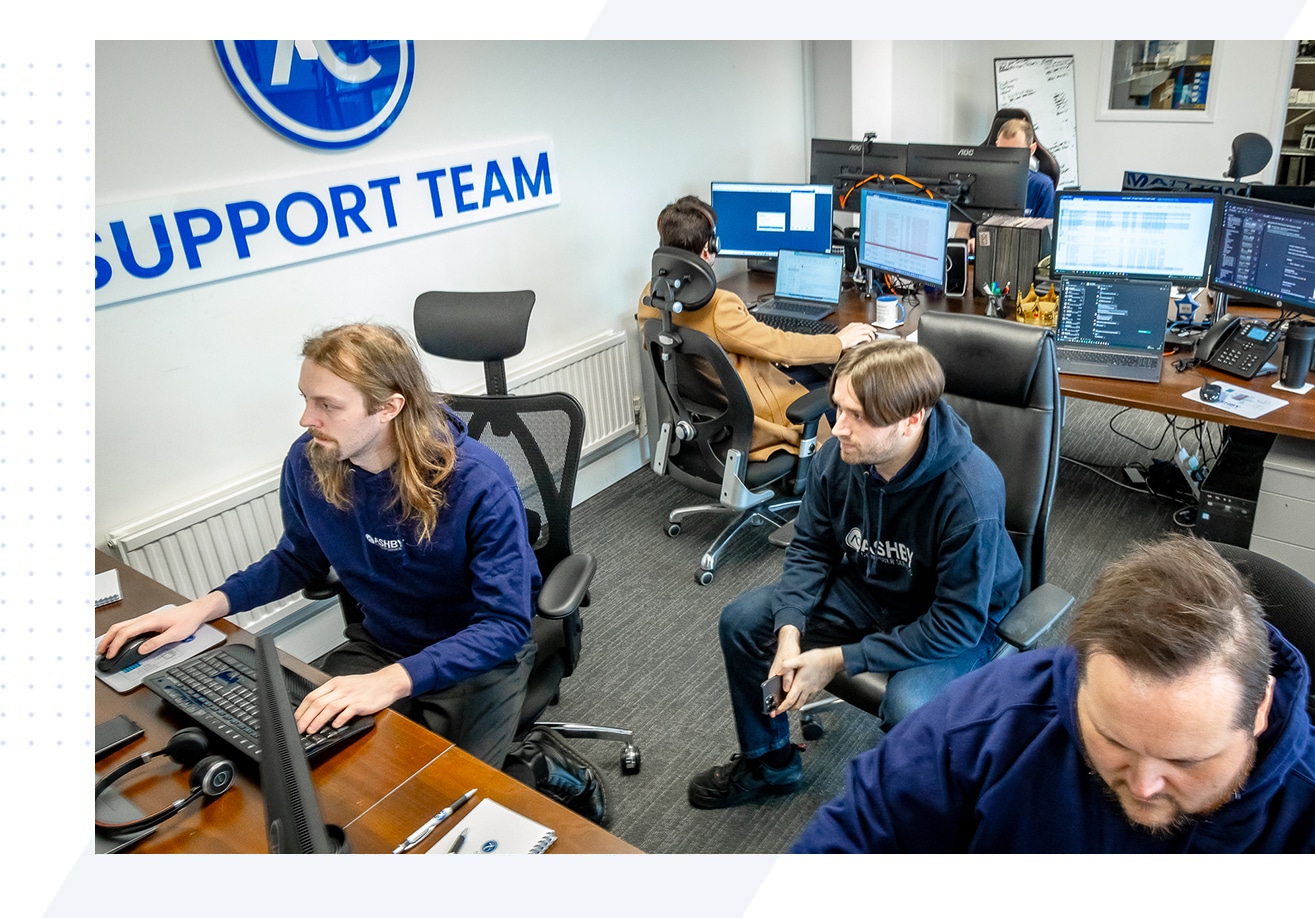Understanding Your IT Needs

In this blog, we explain how to assess your business’s IT requirements and the questions you may be asked.
How To Assess Your Business’s IT Needs?
The first step to understanding your IT needs is to assess your current IT infrastructure.
When choosing a new IT provider, they will ask a series of questions to better understand your business and help build a technical roadmap.
How Many Staff And Users Are In The Organisation?
How many staff are in the organisation, and how many of those staff have a device?
Staff are commonly referred to as users, the first step is to understand the user count and how many devices need management. It’s not just laptops and desktops; you should also account for company mobile devices and tablets/iPads.
IT providers often keep an asset register of all devices managed within the organisation, so ask to see this if one is available.
Your Networks Topology
In addition to user devices, there’s also the topology of your network, how your IT systems are set up, what’s cloud-based, what’s local in the office, and what may be located elsewhere in a private/public data centre.
The network infrastructure and IT landscape are usually documented with a network map or something similar, so it’s worth asking for a copy of this as it will allow you to better understand what is being managed in your business.
Where Are The Gaps In Your Business?
Once you have an idea of the number of users, devices, network, and cloud infrastructure, you can then build a list of gaps you know exist and potential improvements.
There are two types of gaps commonly found: the gaps the business is aware of and the unknown gaps – this is where the true power of an outsourced IT provider comes in.
A fresh set of eyes looking at your IT and cybersecurity setup can spot gaps easily, but it’s much harder to see some of these gaps when you are working in the business daily. The old saying “can’t see the forest for the trees” applies here, especially when it comes to cybersecurity and technology, as it’s ever-changing.
What Are Your Long And Short Term Goals?
Finally, you need to establish short-term and long-term goals when it comes to choosing a new IT service provider.
The gaps and problem areas that you and your staff may have identified should be at the top of their priority list and can usually be broken down into short-term and long-term goals.
As part of engaging with a new provider, you have to be clear about the issues with the current provider and determine if these issues are genuinely due to the service provider or something that has manifested from within the business itself.
A classic example of this is underinvestment, as IT is often seen as a cost rather than something that can drive the business forward.
This underinvestment can go ignored, with the IT service provider regularly recommending solutions and changes to infrastructure that are overlooked. Ignore these recommendations for too long, and they start to accumulate into real problems within the business.
To be clear, you need to have a continuous improvement plan for your IT and cybersecurity needs within the business to keep up with the changes in cyber risks and technology.



















